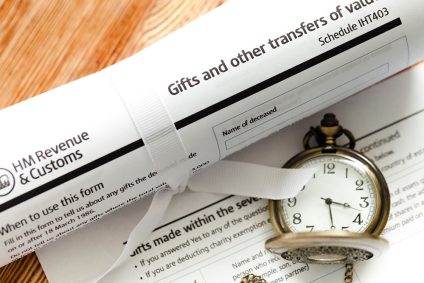What are the pitfalls to look out for when drawing your private pension?
In his Big Bang Budget, the chancellor George Osborne announced new measures coming into force next year that will give greater flexibility to those drawing their private pension. The first 25 per cent drawn will remain tax-free but instead of turning the balance into a guaranteed lifetime income in the form of an annuity, senior doctors aged over 55 and their spouses will have complete access to their pension savings – subject to their marginal rate of income tax in that year.
From April 2015, savers will have three main choices: withdraw all their pension money; keep it invested and take income when required; or buy an annuity.
An annuity is simply an insurance product, which means you buy it to reduce risk. By converting your retirement savings you guarantee income for the remainder of your lifetime, or possibly longer. In recent years savers have been frustrated by poor annuity rates and an inability to access their own hard-earned pension.
Rates have tumbled as the Bank of England’s quantitative easing (QE) programme has pushed down returns on the government bonds that are the basis of annuity income. Many people retiring in the last few years would have been able to get a comparable return from a high-interest bank account.
One of the main problems is that individuals make decisions about their income for the rest of their life based only on immediate implications such as the best rate at the time. So once you have chosen the annuity, you generally cannot change your mind later.
Despite the fact that the option to shop around has been in existence for nearly 40 years, a review by the Financial Conduct Authority (FCA) found that 60 per cent of annuities were purchased from the pension provider with whom the individual had saved. Over 79 per cent of annuity purchasers could have been better off had they looked elsewhere.
However, there may be good reasons why you might still choose an annuity. Firstly, you will know exactly what your income will be for the rest of your life. Without an annuity, you will need the discipline to make your pension pot last for maybe 20 or 30 years. Secondly, any prevailing medical concerns will earn a better annuity rate boosting your income by up to 40 per cent.
Alternatives
You could consider ‘income drawdown’ which lets you draw an income from your pension pot while leaving the remainder invested. You choose how much lump sum or income to take and where the fund will be invested.
You may need to transfer your pension fund to a scheme that permits flexible drawdown as not all do. The onus is then on you and your adviser to ensure that you do not exhaust your funds before time.
An alternative is ‘phased retirement’ where your pension savings are split into segments giving you control of which segments you want to turn into an income and when – useful if you don’t want to retire completely. Your cash flow can then be shaped to reflect your circumstances at that time e.g. less income at the start if still working part-time. This also has a benefit if you die as the balance of the fund segments that have not been accessed can be passed on to loved ones outside of your estate.
Tax
Making large withdrawals from your pension will lead to substantial income tax payments. With the new flexibility, the amount of tax collected by HMRC is expected to rise from £320million in 2015-16 to £1.2billion in 2018-2019. You will need to consider staging your withdrawals carefully.
At present if you die without exhausting your pension funds, your inheritance to your children or grandchildren can be taxed at up to 55 per cent. George Osborne is expected to announce in his Autumn Statement that this threshold will fall in line with the 40 per cent inheritance tax rate. This will make it much more attractive to keep pension funds invested, living on the interest alone, and passing these on to family members in the future.
To get specialist help with your private pension call one of our advisers on 020 7636 7006.


